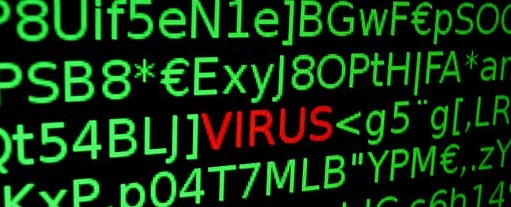In today's digital age, computer security is of paramount importance. The ever-growing threat of malware and viruses requires individuals to take proactive measures to protect their computers and personal information. This article will provide you with essential tips and practices to safeguard your computer from malicious software and viruses, ensuring a secure and worry-free digital experience.
1. Install Reliable Antivirus Software:
The first line of defense against malware and viruses is robust antivirus software. Choose a reputable antivirus program and regularly update it to keep up with the latest threats. Enable real-time scanning, which will monitor files and incoming data for any malicious activity. Schedule regular system scans to ensure comprehensive protection.
2. Keep Your Operating System and Software Updated:
Regularly updating your operating system (OS) and software is crucial to maintaining a secure computer. Software updates often include bug fixes and security patches that address vulnerabilities. Configure your system to receive automatic updates or set reminders to manually install updates. By doing so, you minimize the risk of exploitation by malware.
3. Exercise Caution with Email Attachments and Downloads:
Emails can be a common source of malware infections. Exercise caution when opening email attachments, especially from unknown or suspicious senders. Be wary of file types such as executable (.exe) files or those with unusual file extensions. Additionally, only download files from trusted sources, such as official websites or reputable app stores, to minimize the risk of downloading infected files.
4. Practice Safe Browsing Habits:
While browsing the internet, be mindful of the websites you visit and the links you click. Stick to reputable websites and avoid clicking on suspicious or unfamiliar links. Cybercriminals often use deceptive tactics to lure unsuspecting users into visiting malicious websites. It's also essential to avoid downloading files or software from untrustworthy sources.
5. Utilize a Firewall:
Enable a firewall on your computer to create an additional layer of protection. Firewalls act as a barrier between your computer and unauthorized access from external networks. They monitor incoming and outgoing network traffic, blocking suspicious connections and unauthorized access attempts. Most operating systems come with built-in firewalls, but ensure yours is active and properly configured.
6. Enable Automatic Backup:
Regularly backing up your important files is a fundamental practice in safeguarding your computer. In the event of a malware infection or system failure, having backups ensures that you can recover your data. Set up automatic backups to an external hard drive or a cloud storage service. This way, even if your computer is compromised, you can restore your files and resume normal operations.
7. Use Strong and Unique Passwords:
Passwords serve as the primary defense against unauthorized access to your computer and online accounts. Create strong, complex passwords that include a combination of letters, numbers, and special characters. Avoid using easily guessable information such as birthdates or pet names. Additionally, use a different password for each account to prevent a single security breach compromising multiple accounts.
8. Be Cautious of Social Engineering Attacks:
Malicious actors often employ social engineering techniques to deceive individuals and gain unauthorized access to their computers. Be cautious of unsolicited phone calls, messages, or emails asking for personal information or login credentials. Legitimate organizations will not request sensitive information via such channels. Always verify the authenticity of the request through independent means before sharing any personal or financial details.
Conclusion:
Protecting your computer from malware and viruses requires a proactive approach and adherence to best security practices. By installing reliable antivirus software, keeping your OS and software updated, and practicing safe browsing habits, you can significantly reduce the risk of infections. Utilizing firewalls, enabling automatic backups, using strong passwords, and staying vigilant against social engineering attacks further fort

